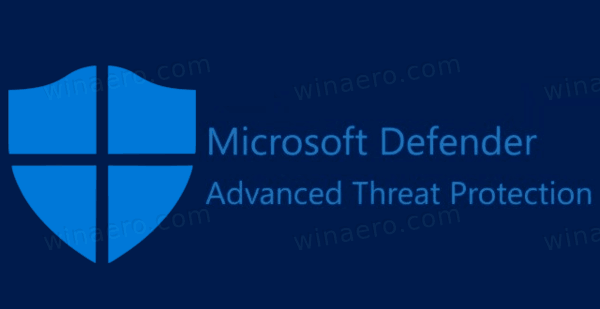Deploy the Microsoft defender for Endpoint Environment (part 1)
To read part 2 please click here
Create Your Environment
When accessing your Microsoft Defender Security Center for the first time, a wizard will guide you through some initial steps. On Set up preference page, you can set the:
- Data storage location- Determine where you want your tenant to be primarily hosted. You cannot change the location after this setup and the Microsoft will not transfer the data from the specified geolocation.
- Data retention- The default is six months.
- Enable preview features- The default is on, and can be changed later.
At the end of the setup wizard, there will be a dedicated cloud instance of Defender for Endpoint created.
Onboard Devices
You'll need to go to the onboarding section of the Defender for Endpoint portal to onboard any of the supported devices. In general, to onboard devices to the service:
- Verify that the device fulfills the minimum requirements.
- Depending on the device, follow the configuration steps provided in the onboarding section of the Defender for Endpoint portal.
- Use the appropriate management tool and deployment method for your devices.
- Run a detection test to verify that the devices are properly onboarded and reporting to the service.
Manage Access
Using Role-based Access Control (RBAC), you can create roles and groups within your security operations team to grant appropriate access to the portal. Defender for Endpoint RBAC is designed to support your tier- or role-based model of choice and gives granular control over what roles can see, devices they can access, and actions they can take. The RBAC framework is centered around the following controls:
- Control who can take specific actions- You can create custom roles and control what Defender for Endpoint capabilities they can access with granularity.
- Control who can see information on a specific device group or groups- You can create device groups by specific criteria such as names, tags, domains, and others, then grant role access to them by using a specific Azure AD user group.
To implement role-based access, you will need to define admin roles, assign corresponding permissions, and assign Azure AD user groups assigned to the roles.
Create and manage roles for RBAC
The following steps will guide you on how to create roles in Microsoft Defender Security Center:
- Access the Microsoft Defender Security Center using an account with the Security administrator or Global administrator role assigned.
- In the navigation pane, select Settings > Roles.
- Select Add item.
- Enter the role name, description, and permissions you'd like to assign to the role.
- Select Next to assign the role to an Azure AD Security group.
- Use the filter to select the Azure AD group that you would like to add to this role to.
- Save and close.
- Apply the configuration settings.
Note- After creating the roles, you'll need to create a device group and provide access to the device group by assigning it to a role that you just created.
Permission Options:
- View data
- Active remediation actions
- Alerts investigation- Manage alerts, start automated investigations, run scan, collect investigation packages, manage device tags, and download only Portable Executable (PE) files.
- Manage portal system settings- Configure storage settings, SIEM, and threat intel API settings (applies globally), advanced settings, automated file uploads, roles, and device groups.
- Manage security settings in security center- Configure alert suppression settings, manage folder exclusions for automation, onboard and offboard devices, and manage email notifications as well as evaluation lab.
- Live response capabilities
Basic Commands- Start a live response session and perform read-only live response commands on remote device (excluding file copy and execution).
Advanced Commands- Download a file from the remote device via live response, download PE and non-PE file from the file page, upload a file to the remote device, view a script from the files library, execute a script on the remote device from the files library.
To read part 2 please click here




Comments
Post a Comment